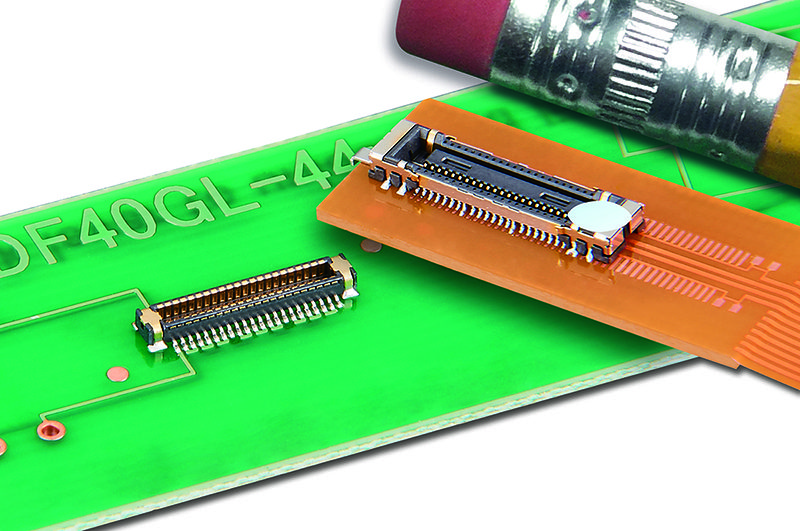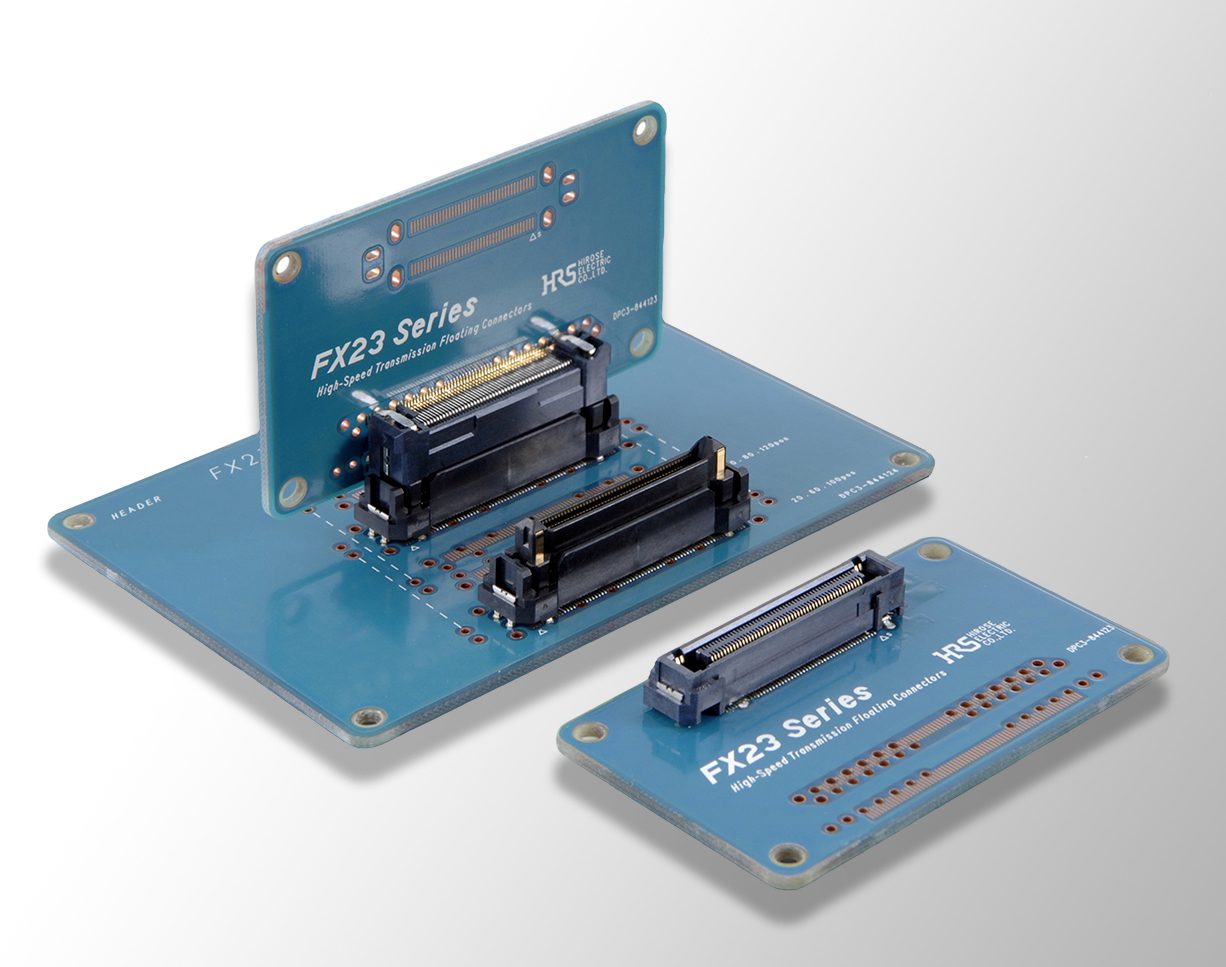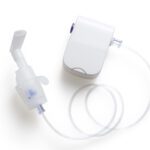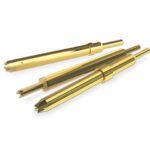Designing Interconnects for Portable and In-Home Medical Equipment
Secure, medical-grade connectors help portable medical devices endure shock, vibration, and rough handling without detriment to performance.

As portable medical equipment for both hospital and home use becomes more prevalent, the need to design healthcare devices that can meet the demanding requirements of a high-impact, high-vibration environment continues to grow. Home healthcare is one of the fastest-growing medical sub-sectors, and the components in these devices must deliver high-speed performance in smaller, more ruggedized packages. Connectors employed in home healthcare and portable medical electronics equipment must endure shock, bumps, drops, and other rough handling, while contributing to simplified designs.
Healthcare in the Home
Home healthcare services can help improve patient outcomes, sustain long-term care, lower costs, improve patient satisfaction, and reduce unnecessary hospitalizations. The widespread miniaturization of connectors has enabled the medical industry to develop advanced home healthcare equipment and mobile medical equipment systems. Some mobile equipment, such as ventilators and patient monitoring equipment, moves with individual patients throughout the home or hospital, while other equipment, like diagnostic equipment, travels from room to room to support many different patients. Frequent equipment movement makes bumps and vibration inevitable and can lead to machine failure if not properly planned for in the device design.
High Reliability
Flexible printed circuit (FPC)-to-board connectors in high-vibration applications benefit from a positive locking system that ensures secure connectivity even amid impacts. For example, blade lock systems provide a clear tactile click when securely mated. They operate with a simple lever that enables quick locking and unlocking.
These connectors also typically utilize leaf contacts that only offer one point of contact per position. A dual-beam design provides two points of contact per pin and helps further ensure rugged connectivity and high reliability. To increase performance even more, this dual-beam contact design can be constructed so that each contact beam has a different vibration characteristic and a different contact force. This widens the frequency range and reduces resonance while simultaneously improving resistance to shock and vibration. For example, one unique, high-reliability FPC-to-board design can feature a 0.5N contact force on the first beam and a 0.35N contact force on the second beam.
Shielding Requirements
High-speed input/output (I/O) connectors must offer excellent electromagnetic interference (EMI) and radiofrequency interference (RFI) shielding and protection to ensure that interference does not affect performance, even in signal-crowded environments. This is particularly important with in-home healthcare equipment that relays patient data back to medical professionals. Interconnects used in medical test and monitoring applications must be perfectly matched to ensure efficacy; interference can compromise data delivery. High-speed data connectors often utilize a metal shield and grounding design to eliminate EMI.

Hirose’s DF40GL Series low-profile FPC connectors are among the industry’s smallest FPC-to-board connectors, creating additional space for optimized antenna designs and larger batteries. The series stands 1.5 mm high with a depth of 3.68 mm, has a 0.4 mm pitch, and operates at USB 3.1 Gen. 2 speeds of up to 10 Gb/s.
Simplified OEM Designs
Hybrid power and signal board-to-board connectors that deliver high-speed transmission capability and have built-in power contacts offer significant design advantages. Combining signal and power in a single connector saves PCB space and can often eliminate the need for an additional power connector to further reduce the PCB footprint.

Hybrid signal and power connectors, like the FX23 Series from Hirose, can offer high-speed transmission up to 8 Gb/s with four built-in 3 A power contacts located on each side of the connector housing.
Enhanced Performance
Connectors designed for high-speed applications can also include a specialized contact design that utilizes a ground contact between adjacent differential pairs to reduce crosstalk. This contact design provides superior impedance matching and low insertion loss, even with short rise times.
Simplified Assembly
Board-to-board connectors that feature a floating contact mechanism offer a degree of play between the contacts during mating to simplify assembly. These highly reliable floating contacts can allow a connector to absorb alignment errors of ±0.5 mm or more in X and Y axis directions, eliminating alignment issues when mating. The unique floating contact structure is also particularly convenient when mating multiple connectors on the same PCB, and especially so in space-constrained medical applications where it can provide significant assembly time and cost savings. By self-centering in both the X and Y directions, the floating structure ensures correct and safe mating, reduces the stress on mounted parts, decreases solder cracking, and enhances reliability.
Board Retention
To maximize board retention, pin-in-hole intrusive reflow process can be used to reduce the manual soldering process required for through-hole metal posts when used with SMT contact connectors. When combined with floating contacts, this process solves the problem of solder joints coming loose in portable medical equipment.
Data Transmission
Floating board-to-board connectors are available with a wide range of positions at various stack heights. Earlier generations of connectors only offer transmission speeds up to 3 Gb/s, but newer high-speed board-to-board connectors are capable of providing standard data rates of 5–10 Gb/s.
Several leading connector manufacturers now provide I/O products that meet the stringent requirements of portable medical devices for both in-home and in-hospital use. Advanced connector designs combine a floating contact mechanism with hybrid signal and power technology to deliver a solution that meets small size, high-speed, and rugged durability demands.
Like this article? Check out our other high-reliability and I/O Connector articles, our Medical Market Page, and our 2021 Article Archives.
Subscribe to our weekly e-newsletters, follow us on LinkedIn, Twitter, and Facebook, and check out our eBook archives for more applicable, expert-informed connectivity content.
- Designing Interconnects for Portable and In-Home Medical Equipment - October 26, 2021





